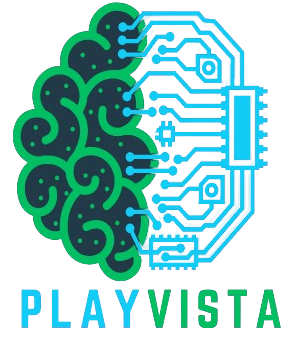A haircut is more than just a routine grooming activity; it’s a transformative experience that holds cultural, psychological, and practical significance. From the simple buzz cut to intricate styles, haircuts have been an essential aspect of personal expression and societal norms throughout history. Let’s explore the multifaceted world of haircuts, examining their impact on identity, their historical evolution, and the latest trends in the industry.
1. The Psychological Impact of a Haircut
Haircuts can profoundly affect our self-perception and confidence. A new hairstyle often symbolizes a fresh start or a new chapter in life. For instance, individuals recovering from significant life events like breakups or career changes might opt for a dramatic change in hairstyle as a form of personal reinvention.
Psychologically, a haircut can also influence how others perceive us. A sharp, professional look might enhance credibility in the workplace, while a bold, creative style can signal confidence and individuality. The act of cutting hair can be empowering, offering a sense of control and renewal.
2. The Historical Evolution of Haircuts
The practice of cutting hair has ancient roots, spanning various cultures and civilizations. In Ancient Egypt, for example, both men and women shaved their heads as a practical measure to combat lice and the harsh climate, often wearing wigs for ceremonial purposes. The Greeks and Romans, on the other hand, took great pride in their hairstyles, which were often intricate and symbolic of their social status.
During the Middle Ages, haircuts were influenced by religious and social norms. Monastic orders famously adopted tonsure, a distinctive haircut that involved shaving the top of the head while leaving a ring of hair. The Renaissance period saw a return to more elaborate and fashionable styles, reflecting the era’s emphasis on art and aesthetics.
In modern history, the 20th century witnessed revolutionary changes in hairstyling. The flapper cuts of the 1920s, the bouffants of the 1960s, and the punk hairstyles of the 1980s each represented broader cultural movements and shifts in societal attitudes.
3. Haircuts and Cultural Identity
Haircuts can also be a powerful expression of cultural and personal identity. For example, the Afro hairstyle became a symbol of pride and resistance Manchester barbers during the Civil Rights Movement in the 1960s and 1970s. Similarly, the adoption of traditional hairstyles among Indigenous communities can be a way to honor heritage and maintain cultural practices.
In contemporary society, global influences have made hairstyling more diverse and inclusive. Trends from one part of the world often cross boundaries and blend with local styles, creating a rich tapestry of influences. The versatility of modern haircuts reflects a broader acceptance of different identities and expressions.
4. The Artistry Behind the Chair: Trends and Techniques
Today’s haircutting techniques are a blend of artistry and skill. Stylists employ various methods to achieve the desired look, from precision cutting and layering to texturizing and coloring. The rise of social media has also played a significant role in shaping trends, with platforms like Instagram and TikTok showcasing the latest styles and techniques.
Some current trends include:
- Blunt Cuts: Sleek and sharp, blunt cuts are popular for their simplicity and clean lines.
- Textured Layers: Adding layers and texture can create movement and volume, catering to a more natural and relaxed look.
- Undercuts and Shaved Designs: These bold choices allow for creativity and personal expression, with shaved patterns or color contrasts adding a unique touch.
- Natural Hair Movement: Embracing natural textures and avoiding chemical treatments aligns with a growing trend towards sustainability and self-acceptance.
5. The Future of Haircuts
As technology and trends evolve, so too does the world of haircuts. Innovations in haircare products, tools, and techniques continue to push the boundaries of what is possible. The use of digital tools for virtual try-ons, advanced hair-coloring techniques, and eco-friendly practices are just a few examples of how the industry is adapting to modern needs and preferences.
In conclusion, a haircut is far more than a simple trim; it is a reflection of personal style, cultural identity, and societal changes. Whether you’re opting for a classic cut or experimenting with the latest trend, your hairstyle speaks volumes about who you are and where you’re going. As we continue to explore new styles and techniques, the art of the haircut remains a dynamic and influential aspect of our lives.
